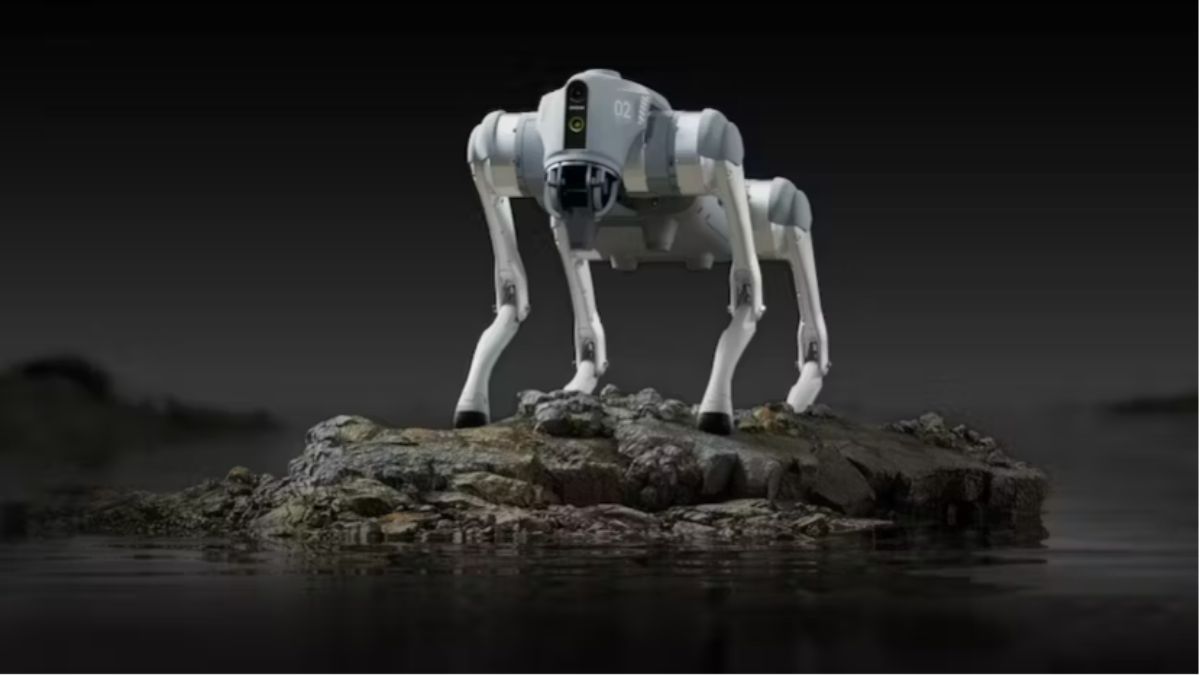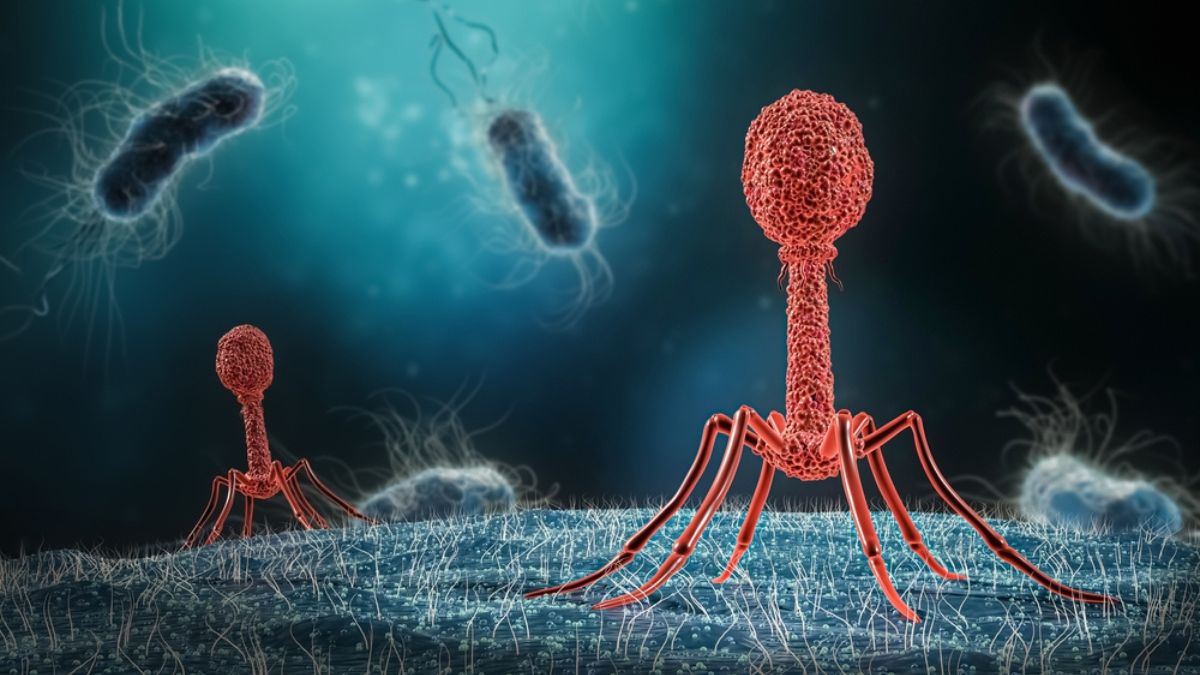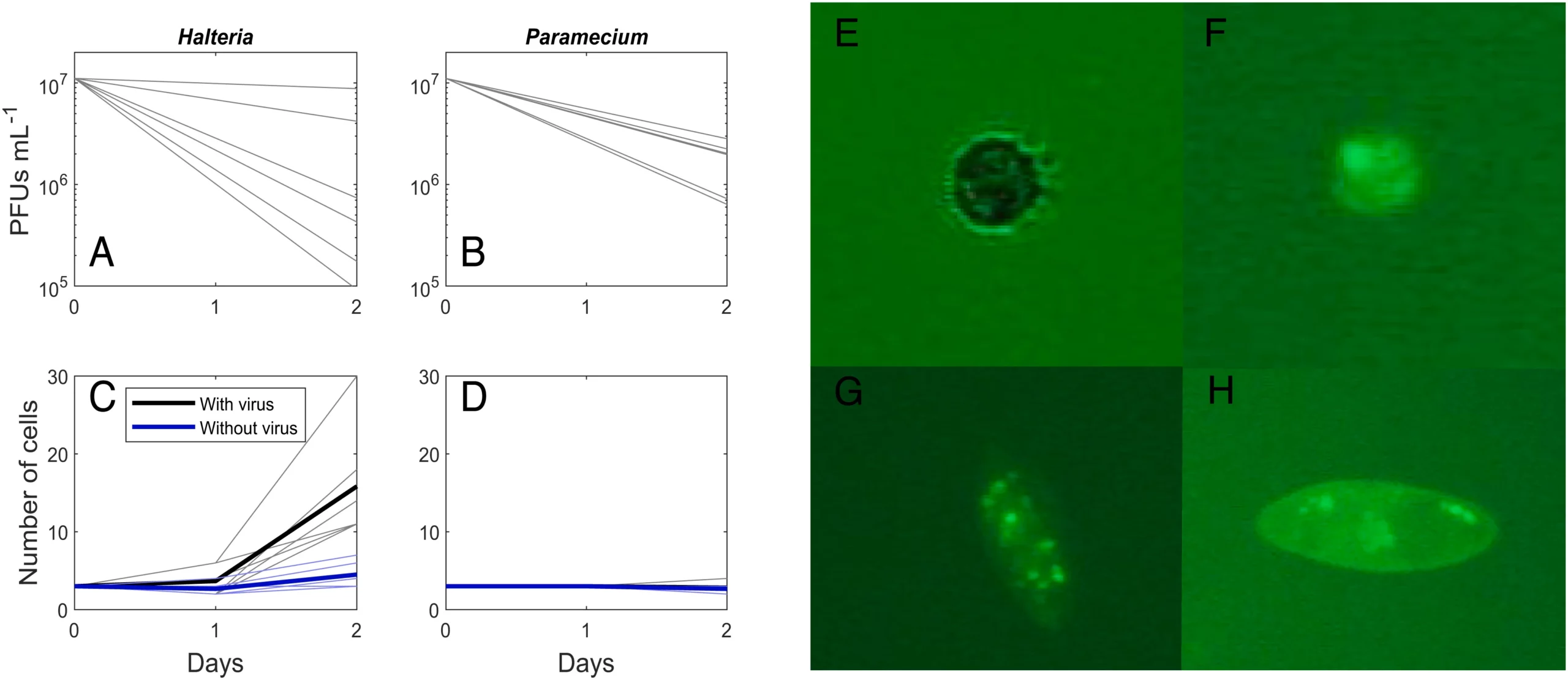
Image credit : Hackster.io ...
news-extra-space

 Halteria (A) and Paramecium bursaria (B)[/caption]
By the end of their experiments, they had discovered a species of Halteria—a single-celled protozoan that appeared to eat the chloroviruses. Not only did the virus population decline in the existence of the Halteria, but the number of protozoans increased, stating that the microbes were using the virus as fuel. When the chloroviruses were not present, the Halteria did not grow. When the researchers used fluorescent green dye to label the DNA of chloroviruses, they discovered.
When the researchers used fluorescent green dye to label the DNA of chloroviruses once releasing them into the water, they could visibly see the Halteria's "stomachs" light up, confirming their viral diet.
Viruses are made up of lots of good stuff: nucleic acids, a lot of nitrogen, and phosphorous. This study is the first to show that some microbes can sustain themselves with viruses alone. Halteria in a small pond may be able to eat as many as 10 trillion chloroviruses a day.
Halteria (A) and Paramecium bursaria (B)[/caption]
By the end of their experiments, they had discovered a species of Halteria—a single-celled protozoan that appeared to eat the chloroviruses. Not only did the virus population decline in the existence of the Halteria, but the number of protozoans increased, stating that the microbes were using the virus as fuel. When the chloroviruses were not present, the Halteria did not grow. When the researchers used fluorescent green dye to label the DNA of chloroviruses, they discovered.
When the researchers used fluorescent green dye to label the DNA of chloroviruses once releasing them into the water, they could visibly see the Halteria's "stomachs" light up, confirming their viral diet.
Viruses are made up of lots of good stuff: nucleic acids, a lot of nitrogen, and phosphorous. This study is the first to show that some microbes can sustain themselves with viruses alone. Halteria in a small pond may be able to eat as many as 10 trillion chloroviruses a day.
Leave a Reply






